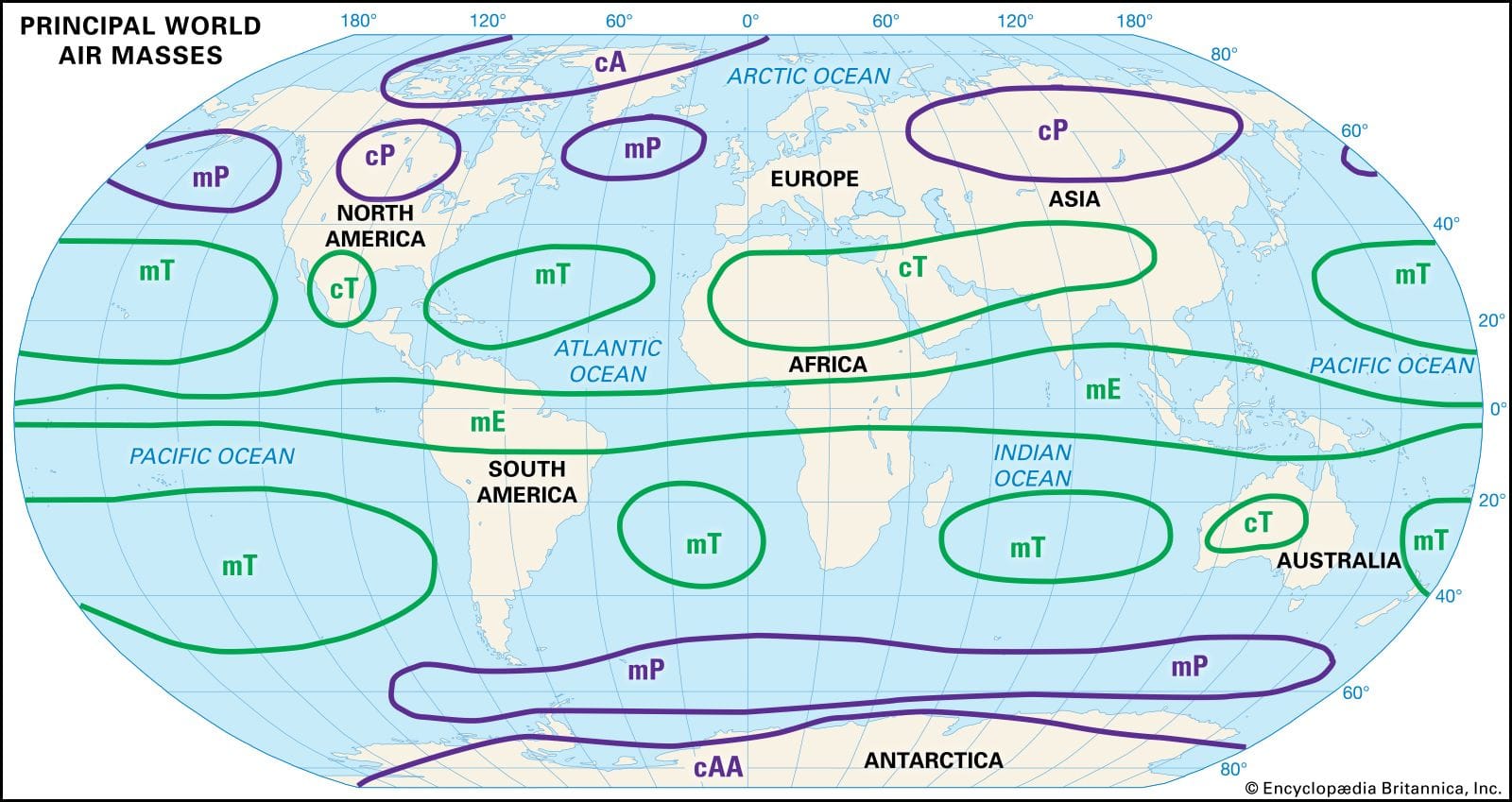The demographic landscape of China is undergoing a significant transformation as the country faces a population decline for the third consecutive year. This trend, marked by a decrease in birth rates and an increase in the aging population, has raised alarms among policymakers and economists regarding the potential long-term effects on the nation’s economy and social fabric.
According to the latest statistics released by the National Bureau of Statistics of China, the population fell by approximately 850,000 people in the past year, bringing the total population to around 1.41 billion. This decline follows a similar trend observed in the previous two years, marking a notable shift from the rapid population growth that characterized the country for decades. The decline is attributed to several interrelated factors, including changing societal norms, economic pressures, and the lingering effects of the COVID-19 pandemic.
One of the primary drivers of this population decline is the significant drop in birth rates. In recent years, many young couples have opted to delay or forgo having children altogether. This shift can be attributed to various factors, including the rising cost of living, housing affordability issues, and the increasing demands of modern work life. Many young people are prioritizing their careers and personal development over starting families, leading to a decrease in the number of births.
Additionally, the legacy of the one-child policy, which was implemented in 1979 and only relaxed in 2015, continues to have lasting effects on the demographic structure of the country. Although the government has since encouraged families to have more children, the cultural and economic barriers to larger families remain significant. Many couples express concerns about the financial burden of raising children, as well as the challenges of balancing work and family life in an increasingly competitive job market.
The aging population is another critical factor contributing to the demographic shift. As life expectancy increases, a larger proportion of the population is entering retirement age, leading to a higher dependency ratio. This trend places additional strain on social services and healthcare systems, as the working-age population shrinks relative to the number of retirees. The government faces the challenge of ensuring that adequate resources are available to support an aging population while simultaneously fostering economic growth.
The implications of this population decline are far-reaching. Economically, a shrinking workforce could hinder productivity and innovation, ultimately affecting the country’s global competitiveness. As the labor pool contracts, businesses may struggle to find qualified workers, leading to potential labor shortages in key industries. This situation could also result in increased wage pressures, as employers compete for a limited number of workers.
Moreover, the decline in population could impact consumer spending patterns. A smaller population may lead to reduced demand for goods and services, which could slow economic growth. This scenario poses a challenge for the Chinese government, which has been striving to transition the economy from an export-driven model to one that is more reliant on domestic consumption.
In response to these demographic challenges, the Chinese government has begun to implement various policies aimed at encouraging higher birth rates. Initiatives include financial incentives for families, improved maternity and paternity leave policies, and increased access to childcare services. However, the effectiveness of these measures remains to be seen, as many couples continue to weigh the economic and social implications of having children.
Furthermore, the government is also exploring ways to address the needs of an aging population. This includes investing in healthcare infrastructure, promoting active aging initiatives, and encouraging older individuals to remain in the workforce longer. By addressing the challenges posed by both declining birth rates and an aging population, China aims to create a more sustainable demographic balance.
As China navigates this complex demographic landscape, the implications of a declining population will continue to unfold. Policymakers must remain vigilant in addressing the underlying factors contributing to this trend while also preparing for the economic and social challenges that lie ahead. The future of China’s population dynamics will play a crucial role in shaping the nation’s trajectory in the coming decades.
In conclusion, the decline in China’s population for the third consecutive year highlights a critical juncture for the country. With birth rates falling and the population aging, the government faces significant challenges in ensuring economic stability and social cohesion. The effectiveness of current policies aimed at reversing this trend will be closely monitored as China seeks to adapt to its evolving demographic reality.



